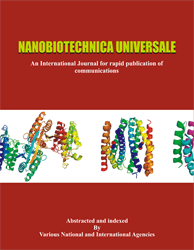Air pollution in Durgapur, West Bengal: an assessment of the trees potential to sequester Carbon dioxide
1Anamika Pandey and 2Debnath Palit
1Department of Conservation Biology, Durgapur Government College, Durgapur– 713214 India Email : pandeyanamika2106@gmail.com 2Principal, Durgapur Government College, Durgapur – 713214 India Email : drdpalit@gmail.com
ABSTRACT
In the last several decades, air pollution has become a serious global concern. Numerous air pollutants are discharged into the environment worldwide as a result of fast urbanization, industrialization, and excessive transportation usage. This has led to a decline in air quality and the development of serious environmental health risks for both humans and the environment. Since they absorb air pollutants on their leaves, mitigate CO2 emissions through photosynthesis, and store carbon C as biomass, trees are widely acknowledged to have the ability to improve air quality. Utilizing a non-destructive sampling technique, the current study examines the effect of 10 chosen tree species’ capacity to sequester carbon on air pollution, which is mostly prevalent in five distinct locations in Durgapur, Paschim Burdwan, West Bengal. The findings showed that, out of the five locations, Angadpur has the worst air pollution and the greatest potential for tree carbon storage. Additionally, the results demonstrated the great CO2 sequestration potential of all tree species with a diameter at breast height DBH 30 cm. Ficus benghalensis L. and Shorea robusta Gaertn. were shown to have the highest capacity for sequestering carbon among the ten common tree species. As a result, they may be suggested for afforestation projects in the polluted area in order to reduce air pollution levels.
